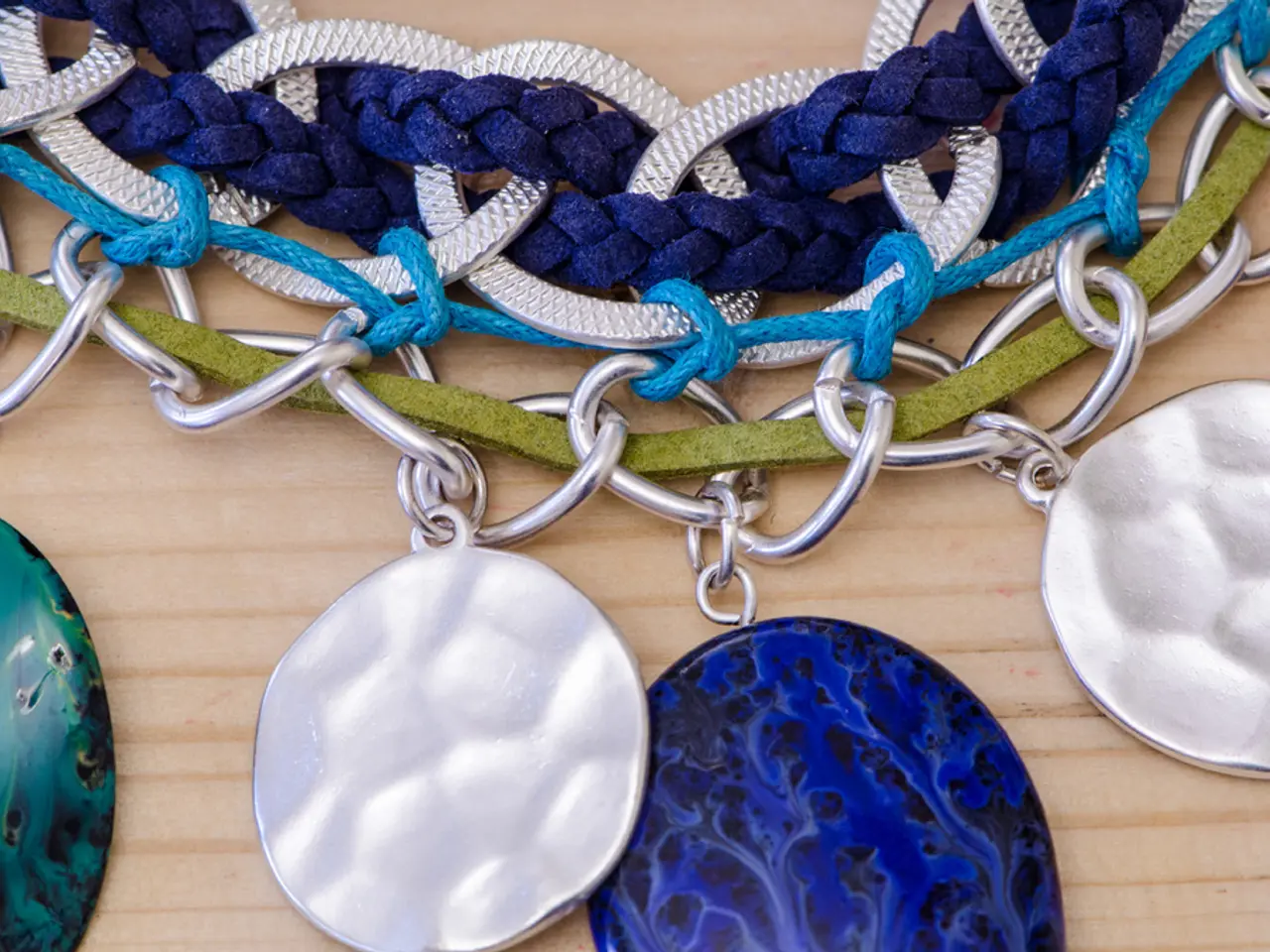Scientists Map Human DNA Repair, Boosting CRISPR and Cancer Treatments
Scientists at the Centro Nacional de Investigaciones Oncológicas (CNIO) have unveiled the human REPAIRome, a comprehensive genetic catalog of human double-strand break repair. This groundbreaking discovery, published in Science, offers valuable insights into DNA repair and could enhance CRISPR-Cas gene-editing technologies.
The REPAIRome web portal, developed by the CNIO team, allows researchers to explore how any human gene affects DNA repair. It catalogues 20,000 types of scars that remain in repaired human DNA after a double-stranded break (DSB), providing a detailed map of the repair process. The team, led by senior author Cortés and co-lead authors, discovered new proteins that both promote and prevent DNA repair, contributing to the precision of CRISPR-Cas tools.
Understanding the human REPAIRome may help identify new therapeutic targets and improve therapeutic and genome engineering strategies. By interpreting the pattern of scarring in a patient's tumor cells, doctors could determine the best treatment for each cancer type. The REPAIRome addresses the repair of one of the most serious types of DNA damage, providing a valuable resource for basic research and clinical applications.
The human REPAIRome, a significant contribution to the field of DNA repair, offers a wealth of information for researchers and clinicians. By understanding how our genes affect DNA repair, we can improve gene-editing tools and personalize cancer treatments, paving the way for better healthcare outcomes.






